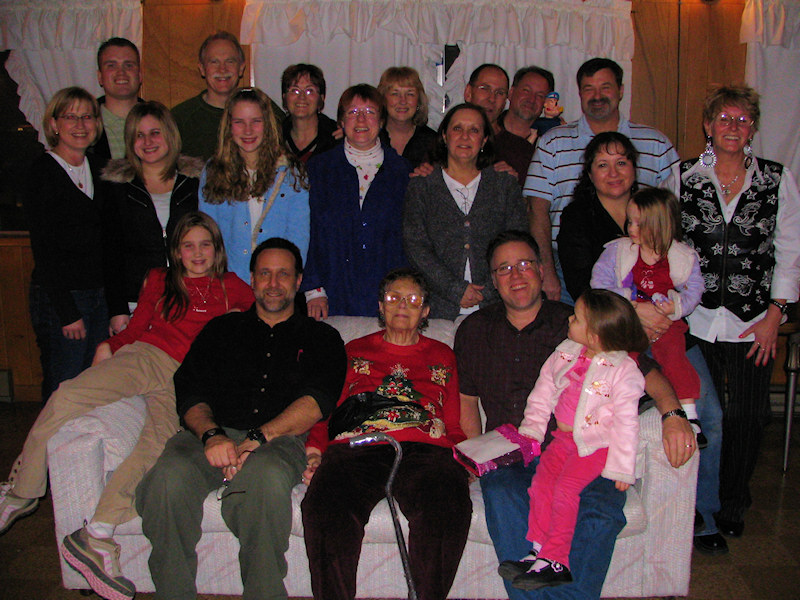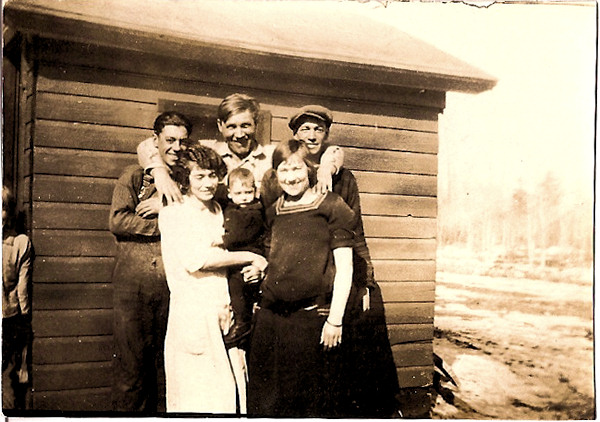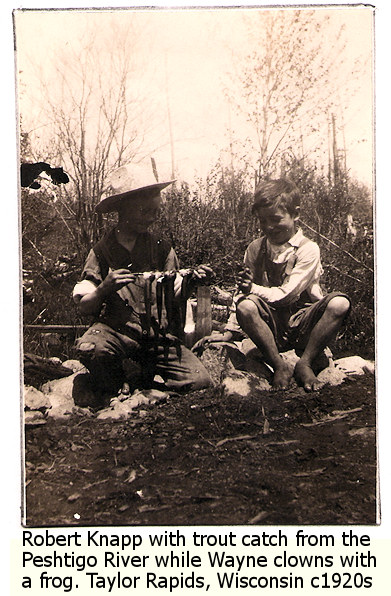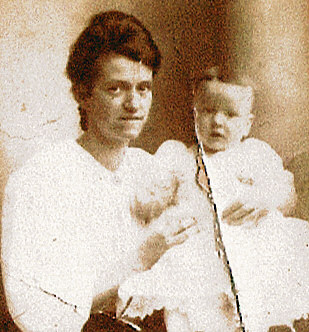According to The Globe and Mail Technology, the hottest trend in online social networking is genealogy, but not genealogy as you might imagine. This is a far cry from your family history blog.
Rather than exchanging photos, music and cellphone numbers, as many of the 100 million members of MySpace.com do, participants in Ms. Wong’s online community share Y-DNA markers and mtDNA Haplogroups.
The neuroscientist is president and chief executive officer of Genetrack Biolabs Inc., one of the country’s largest DNA testing labs. Recently the Vancouver company broadened its focus beyond paternity suits and other legal testing to capitalize on the emerging field of genetic genealogy.
With a swab of the mouth and access to Genetrack’s site DNAancestryproject.com, clients can trace their lineage for possible connections to famous figures of the past, such as Marie Antoinette, whose DNA has been preserved in a locket of her hair.
The farther back in time, the wider the family connections. For example, researchers have found that one in five men in the northwest of Ireland carry the DNA of the great Irish king Niall Noigiallach, who ruled in the early 5th century. And they estimate that 2 per cent of New York’s European males today also share the royal chromosome.
Turning back the clock to prehistoric times, the website lets participants track the migratory paths their distant ancestors took out of Africa and even connect with people of related groups today.
Amazing. We spend time researching our family history through our blogs and genealogy discussion groups, but imagine a social networking group whose sole purpose to to connect you with your DNA relatives.
The idea behind Genetrack and DNAancestryproject.com is to help those researching their family history through their DNA find common ground and make connections beyond the gene pool. According to the company president, Ms. Wong: “Everybody in the project is connected to everyone else.” Which makes this social networking project even more amazing and wide spread.
Genetrack’s DNA testing kit has been sold online, but just recently started appearing in a few retail sale in stores in Canada, the US, and other places in the world. According to Genetrack, it is most popular for the 47-54 year old age group, but many young people are starting to get into digging into their past. I’d love to walk into a store and buy a DNA testing kit, wouldn’t you?
What makes this new social networking trend fascinating is the new relationships that could form because of this. The concept of “family” has been changing for a long time in the United States and elsewhere as we move farther apart from our blood relatives and turn friends into “family members”.
DNA social networking groups could reverse that trend, turning strangers into blood relatives, allowing us to meet up with family members long separated by time and distance.
In my own family history research, I’ve been able to make connections with long lost family members through genealogy research and resources online, meeting in person family descendants from the 17th and 18th century. I’ve only recently started exploring my own DNA history and expect to make contact with family members separated even farther back.
Each person I connect with brings with them some history and information about their family’s lives as well as their own that helps me fill in the missing puzzle pieces of my own. Answers from the past often help answer questions in the present.
DNA social networking is destined to become a powerful Web 2.0 type force on the web. Would you participate? How would you use such a social networking service? How would it benefit you?
Most Recent Articles by Lorelle VanFossen
- The Myths and Mysteries and Hunt for Nicholas Knapp
- The Perpetual Calendar
- GenSmarts: Reminder to Not Assume
- Gensmarts Saves Your Family History Research Life
- Digging Through Historical Newspapers Online






Pingback: Social Networking Bulletin - » Web 2.5: DNA Social Networking